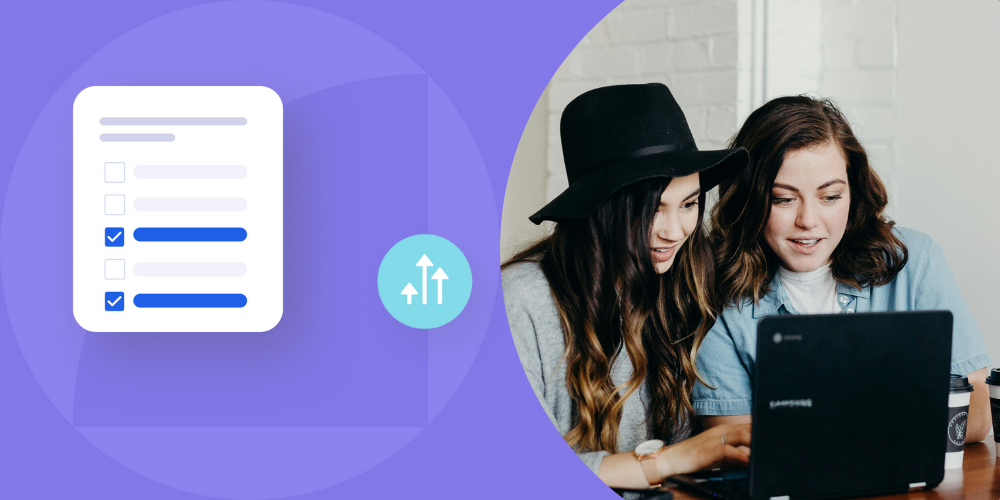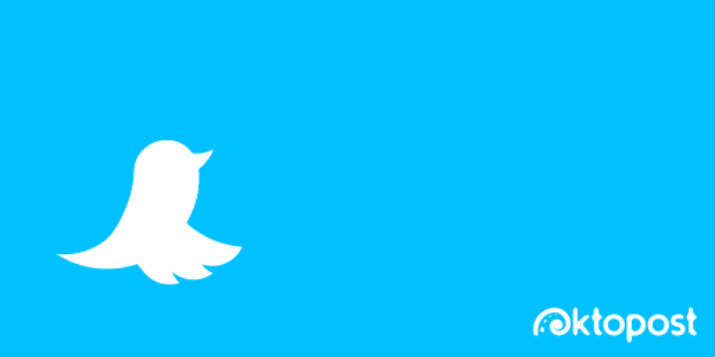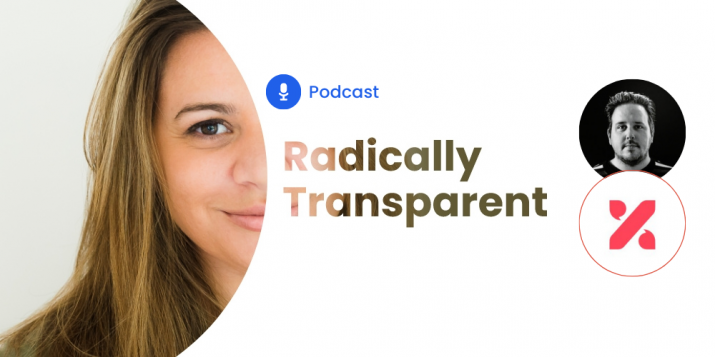
Social listening vs. social monitoring: what’s the difference?
How much would you pay to eavesdrop on your customers’ conversations? Social monitoring and listening enable a direct line to your customers’ interactions so you can understand what they think about your brand and others (without any real-life stalking needed).
On Facebook alone, over 510,000 comments are posted every minute. That’s a lot of unfiltered feedback that you can leverage to improve your product, enhance customer engagement, and invest in building stronger relationships.
But before you invest in any tool or external support, it’s crucial to know the differences between social monitoring and listening, when to leverage each, and how they can help you reach your marketing goals.

Keeping an Eye Out: Understanding Social Monitoring
Social monitoring involves tracking and analyzing social media conversations that directly mention your brand, products, or relevant keywords.
It monitors likes, comments, mentions, hashtags, and other engagements to evaluate your brand’s online presence and detect issues (like product problems) or opportunities (like increased demand for a specific feature) as they arise. This practice helps businesses stay aware of what’s being said about them in real-time so they can respond quickly and effectively.
For B2B companies, social monitoring plays a crucial role in managing brand reputation and customer support:
- A technology firm like Microsoft might use social monitoring to track customer feedback on product updates or troubleshoot issues reported by users on platforms like LinkedIn or Twitter. This approach allows them to promptly address customer concerns, enhancing user satisfaction and reducing the potential for harmful exposure.
- Similarly, a SaaS provider might track industry-specific hashtags to identify new leads or prospects discussing challenges their product can solve.
Social monitoring offers a clear picture of your immediate social media footprint by concentrating on direct mentions and brand-specific keywords. Although it tends to be more reactive, it establishes the foundation for a proactive strategy and paves the way for deeper insights through social listening.

The Key Benefits and Use Cases of Social Monitoring
Social monitoring provides B2B companies with significant advantages for their social media strategy, including:
- Lead Generation – Identify prospects discussing industry-specific challenges on social media, allowing you to turn conversations into leads by engaging at the right moment.
- PR Crisis Management – Detect negative mentions early to address any issues before they escalate to protect your brand’s reputation in real-time.
- Competitive Analysis – Track competitor activities like customer reactions to rival brands to identify market gaps and refine your strategy.
- Addressing Negative Reviews – Quickly respond to negative feedback, demonstrating your commitment to customer satisfaction and strengthening long-term relationships.
- Spotting Trends – Identify emerging trends in your industry to adjust your strategies and get ahead of market shifts.
- Leveraging User-Generated Content (UGC) – Amplify customer and employee testimonials and product reviews to boost your brand’s credibility and authenticity, which is crucial in the B2B space.
Recommended for further reading
Listen In: What is Social Listening?
Social listening is tracking and analyzing broader conversations on social media to understand customer sentiment, emerging trends, and industry shifts. Unlike social monitoring, which focuses on direct mentions and immediate interactions, social listening digs deeper into the context and motivations behind these discussions to offer actionable insights that shape strategic decision-making.
For B2B companies, this approach is crucial in refining marketing strategies and product development:
- A company like Salesforce might use social listening to identify recurring pain points in CRM solutions discussed across forums and social channels. These insights enable them to enhance their messaging and develop features that directly address customer needs.
- Another example would be a financial services firm that leverages social listening to track conversations about market conditions. The firm then uses this knowledge to create relevant content that speaks directly to its audience’s concerns.
Social listening helps B2B organizations analyze trends and customer sentiment at a macro level. This allows them to anticipate market shifts, craft more targeted campaigns, and engage their audience in meaningful ways beyond reactive responses.

The Key Benefits and Use Cases of Social Listening
Social listening offers B2B companies essential insights that drive smarter decision-making:
- Understanding Customer Behavior – Analyze long-term customer sentiment to uncover patterns so you can create business strategies that better meet evolving needs.
- Influencer Discovery – Identify relevant influencers in your industry by tracking conversations and analyzing who is driving engagement and shaping opinions.
- More Effective Product Development – Identify gaps in the market through customer feedback and industry conversations, which leads to more targeted product innovations.
- Competitor Benchmarking – Monitor competitors’ mentions to gain insights into their strengths and weaknesses, then use this data to refine your positioning strategy.
- Enhanced Customer Experience – Businesses that excel at turning customer data into actionable insights through social listening have customer satisfaction rates that are 17% higher than their competitors.
Social Listening vs. Social Monitoring: What’s the Difference?
Here are the primary distinctions between social listening and social monitoring:
Objectives: Engagement vs. Understanding Customer Behavior
Social monitoring focuses on engagement by tracking direct mentions, comments, and interactions to address customer concerns in real-time. It’s focused on responding quickly to individual issues and improving day-to-day customer interactions.
In contrast, social listening aims to understand broader customer behavior and sentiment by analyzing conversations at a deeper level. This approach helps identify trends and patterns influencing strategic decisions and long-term planning.
Approach: Reactive vs. Proactive
Social monitoring is inherently reactive and critical to social media governance planning. It deals with immediate situations, such as responding to comments or managing crises. It’s about putting out fires quickly and efficiently.
On the other hand, social listening is proactive because it uses insights from customer discussions to anticipate needs, spot potential issues before they escalate, and guide future strategies.

Scope: Narrow Focus vs. Broad Analysis
The scope of social monitoring is typically narrow. It’s concentrated on specific keywords, direct mentions, and tagged interactions related to your brand.
Social listening, however, has a broader focus that includes analyzing conversations about competitors, industry trends, and general market sentiment.
Time Frame: Short-Term vs. Long-Term Impact
Social monitoring primarily addresses short-term goals like immediate customer support and quick resolutions. It’s geared toward resolving present concerns in real-time.
However, social listening focuses on long-term strategies, such as gathering insights to shape product development, content planning, and customer engagement over months or even years.
Tools & Investment Needed: Basic vs. Advanced
Social monitoring typically requires basic tools for tracking mentions and engagements, often included in standard social media management platforms.
Social listening demands more advanced tools capable of analyzing massive data and extracting meaningful insights, usually involving a higher investment in technology and resources.
Defining Priorities: How to Integrate Social Listening and Social Monitoring Effectively
While both social listening and social monitoring are crucial elements of a comprehensive social media strategy, they serve different purposes:
- Social monitoring should prioritize real-time engagement because it enables businesses to respond promptly to mentions, comments, and direct interactions that require immediate attention. It’s the frontline defense for managing customer support issues and protecting brand reputation.
- Social listening is best for analyzing customer sentiments and trends, providing valuable insights for strategic planning and long-term decision-making.
However, the two methods are interrelated: social monitoring is vital in enhancing social listening. The immediate data collected through monitoring—like brand mentions, engagement metrics, and customer reactions—provides a foundation that can dictate patterns over time. These insights help businesses identify shifts in customer sentiment, emerging trends, and potential gaps in the market, ultimately transforming reactive data into proactive strategies.
Here are a few tips to get started:
- Leverage the Right Tools – Invest in platforms like Oktopost that support social listening and monitoring and provide comprehensive features to manage engagement and analyze conversations.
- Set Clear Objectives – Define your goals for each strategy—immediate customer response for monitoring or long-term trend analysis for listening—so you can focus your efforts accordingly.
- Allocate Resources Wisely – Assign team members specifically to manage real-time engagement while designating separate analysts to interpret social listening data and extract strategic insights.
- Stay Consistent – Regularly track and review social media metrics to align with market trends and refine your strategy.
Oktopost’s platform excels in both areas. It offers robust features for social monitoring, including real-time alerts for brand mentions, comments, tags, hashtags, engagement metrics, and multichannel monitoring.

For social listening, Oktopost provides AI-driven sentiment analysis, tracks conversation trends across broader social discussions, and provides competitor analysis to help businesses understand their market positioning.
Combining these powerful tools ensures that B2B marketers can act swiftly on immediate feedback while using data-driven insights to shape their long-term strategies, maximizing the impact of their social media efforts.
Harness the Power of Social Conversations with Oktopost
Understanding and engaging with your audience is critical for B2B companies to grow and adapt in a hyper-competitive marketplace. Integrating social monitoring and listening enables your business to manage brand reputation, respond in real-time, and make strategic decisions backed by valuable, data-driven insights.
Oktopost makes this investment even more impactful. With its robust platform, you can combine real-time social monitoring with AI-driven social listening tools all in one place. From instant alerts on brand mentions to deep sentiment analysis and competitor insights, Oktopost supports every step of your social strategy while enabling you to make evidence-backed decisions that drive long-term growth. Try a demo today.


